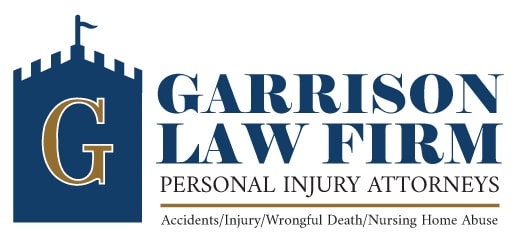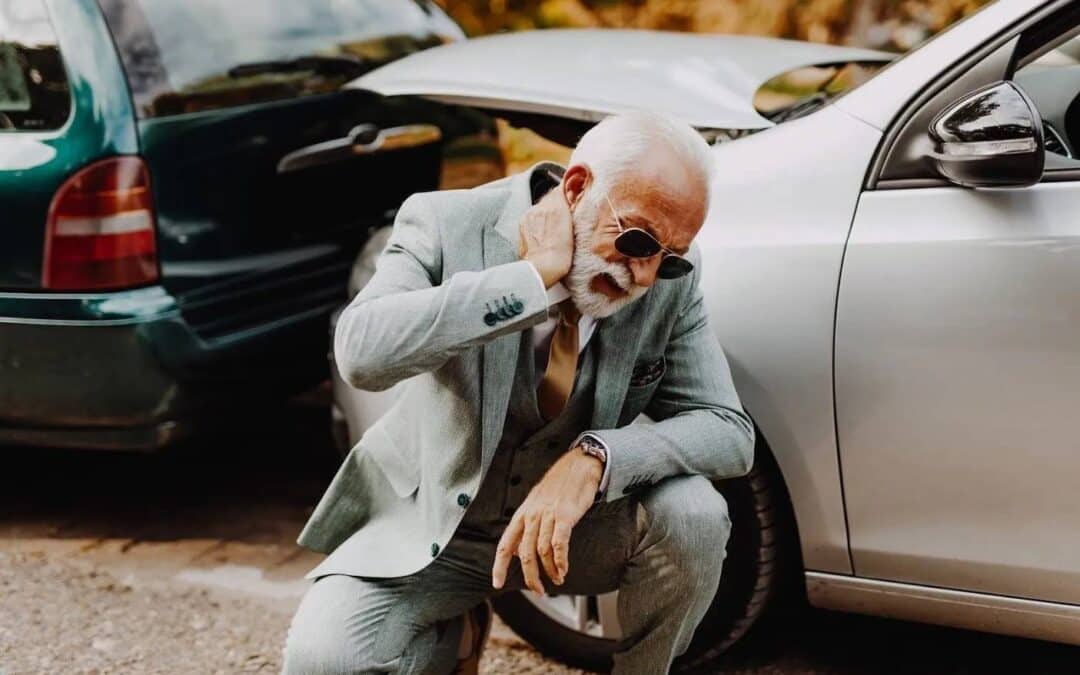A motor vehicle accident happens in an instant, but the crash and aftermath could be captured with more angles and views than a Hollywood production. As you proceed with a personal injury case, video evidence can become a crucial part of your case and how it moves forward.
Even without any of your own personal footage from the accident, learn about five ways you can use video footage to help support your motor vehicle injury case.
1. Traffic Cams
When you watch the local news, the traffic portion will often include traffic cams on some of the busier intersections and roads. Depending on the location of your accident, a traffic cam may have picked up footage. Many major intersections create dangerous cross-traffic areas, and these areas may have cameras you can take advantage of.
A personal injury attorney can help obtain footage from the traffic cams. In some cases, a traffic cam positioned before the point of the accident could showcase the other driver’s reckless driving, speeding, or failure to follow proper rules of the road like red lights or stop signs.
A canvas of cameras in the nearby area will give a bigger picture of the whole accident. The footage allows a lawyer to piece together events as they occurred in real-time.
2. Police Body Cams
When emergency services arrive at the scene, many of the professionals will wear body cams that automatically capture footage. While the body cams may not have captured the accident, the footage could showcase the aftermath of a crash. The cam footage offers a close-up account of the car damage, your injuries, and your journey after the accident.
For example, a police officer may assist you with any injuries and be around as you get loaded into an ambulance. The footage may showcase the immediate effects of the injuries and trauma you suffered as a result of the accident.
Along with police body cams, some of the EMT workers may have worn bodycams too. The use of body cams has expanded through multiple emergency services and all of the footage can showcase your pain and suffering following the accident.
3. Dash Cams
Police officers that arrive at the scene may have additional footage in the form of a dashcam. A dashcam will automatically record on police vehicles, but dash cams are not just limited to police vehicles. Dash cams are used by regular drivers and truck drivers.
If a vehicle was driving behind the cars that crashed, then a dash cam may provide evidence of the crash as it happened. Drivers who witnessed the crash may offer statements to law enforcement officials along with the video evidence.
The dashcam footage could showcase sufficient evidence of a driver at fault for an accident. Getting the footage can become a crucial part of the case and one of the main reasons you should contact a personal injury attorney soon after the accident occurs. The attorney can help obtain the footage before it’s deleted from a dashcam.
If no one immediately comes forward with dashcam footage, a lawyer can seek out witness statements or use other footage to determine if any drivers on the road captured footage needed for the case.
4. CCTV Surveillance Cameras
If your car accident occurred in an urban area, then you may have the benefit of CCTV footage to use within your case. CCTV cameras are essentially surveillance cameras that businesses use for outdoor monitoring and security. The cameras may have angles on the road where the accident occurred.
Through a survey of the scene, you can determine what businesses were located nearby and may have access to the footage. In some cases, you may find footage you never expected. For example, ATM cameras may have recorded footage of the accident.
Indoor CCTV cameras could have an angle through glass doors and windows that showcase the car crash. Consider all of these options as you and a lawyer try to piece together a case and supply as much evidence as possible.
5. Phone Recordings
People are often using their phones to capture video footage, and you can obtain phone recordings from the scene of the accident. Some people may come forward to police with footage after the crime. A lawyer will gather a complete police report to find out if any witnesses submitted phone recordings or if there were witness statements where a recorded video was captured.
The phone recordings can offer unique angles or footage just before a crash happened. Every piece of footage goes into account. A lawyer will take the time to go through all of the clips and supply the best pieces of evidence for your case.
Move forward with your injury case and contact us at Garrison Law Firm to get the process started. Our legal experts will help obtain video footage and build the foundation of your personal injury claim based on the footage.


